This Group of British Aristocrats Makes the Only Gin Served in the House of Commons
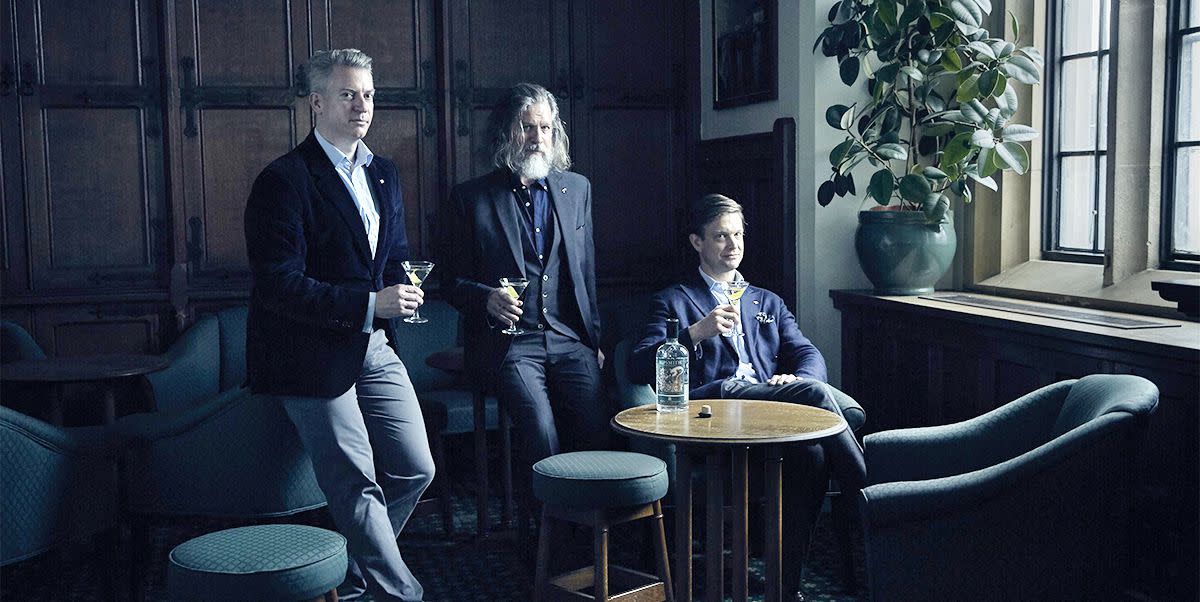
Growing up in Cornwall, Sam Galsworthy would regularly try to sneak tastes of his parents’ cocktails. “I remember the ritual they went through when making a G&T or even a martini,” he says now. “It looked so sophisticated and mysterious.”
After years of stolen sips, however, a 16-year-old Galsworthy was caught when his father took note of a quickly disappearing bottle of gin. While other children might have been grounded for a week, Galsworthy was sent by his parents to the nearby Plymouth gin distillery and assigned to write an essay on the facility. No one could have known the lasting impact this punishment would have.
Today, 25 years later, Galsworthy, along with his childhood friend Fairfax Hall and cocktail historian Jared Brown, is a founder of Sipsmith, London’s first copper pot gin distillery to open in over 200 years.
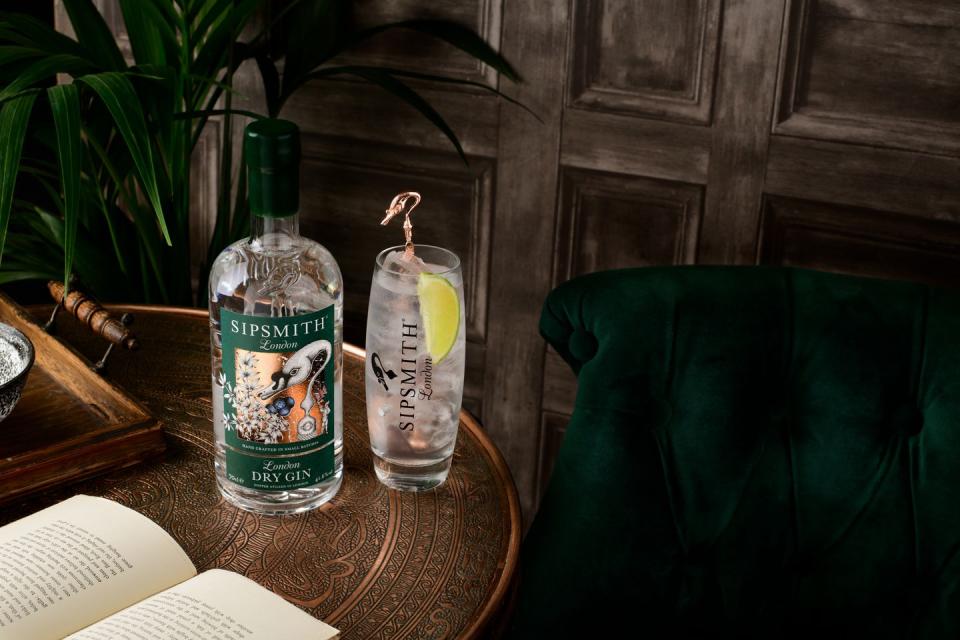
Launched in 2009, the brand began as a lark but has grown wildly and is now not only a hit in the U.K.—where one of its creations has been named the official gin of the House of Commons—but an export to 30 countries, including the United States. And it’s still growing; in 2017, beverage behemoth Beam Suntory invested £50 million in the brand with plans for major expansion.
While other spirits companies seem to be trying to distinguish themselves with outré flavors and exotic features, Sipsmith is doubling down on the juniper-forward London Dry style gin that its hometown is known for. “We inherited 200 years of gin making history,” says Galsworthy. “We need to be building a type of gin that will be around in 200 more.”
Galsworthy is a true British aristocrat. His given first name is Stamford, which comes from his great, great, great grandfather Sir Thomas Stamford Raffles, a statesman perhaps best known today for founding modern Singapore.

Galsworthy’s home is Trewithen, a Cornwall estate built 10 generations ago by an ancestor who was a courtier to Henry VIII. Princess Diana and her sons visited three times before Galsworthy turned 15, and Queen Elizabeth slept over when he was nine.
Like all good nobles, he has floppy hair, intoxicating charm, a self-deprecating sense of humor, and a frustratingly high level of modesty. That is except when he’s talking about his most cherished possession: a shabby sheet of paper bestowed upon him by the government allowing him to open Sipsmith.
The idea for the distillery was born in 2006 at Union Square Cafe in New York City, where Galsworthy and Hall were knocking back martinis. The two had grown up on land 30 minutes away from each other—“which in Cornwall pretty much makes you neighbors,” says Galsworthy—and both attended Radcliffe College, an elite boarding school in Oxfordshire.
Both were in their late 20s, and Galsworthy lived in New York City where he worked in sales for Fuller’s Brewery. Hall was getting his MBA at Wharton Business School. Still close, they bounced around bars in both cities, noticing an extraordinary boom taking place in boutique wines, beer, and whiskey. “Even vodka was cool and fun,” says Hall. “But no one was drinking gin.”
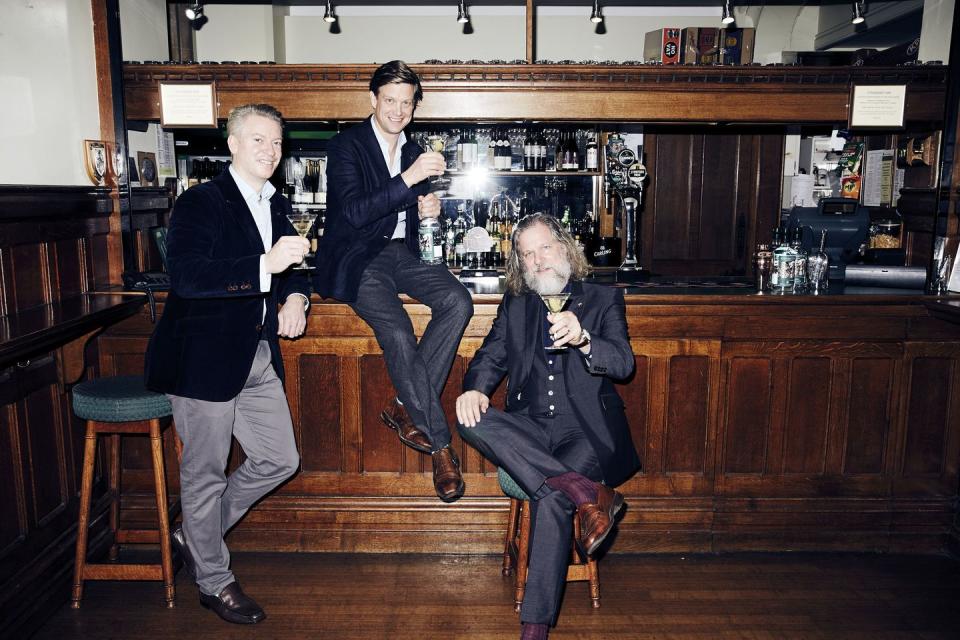
With that in mind, in 2006 they moved to London and applied for a distilling license. They were shocked to find they were blocked by a law from the late 1700s that said if a person wanted a potstill to distill gin in London, the contraption had to be larger than 1,800 liters. While the statute was enacted to prohibit 19th-century prostitutes from home brewing poison, it was now keeping entrepreneurs, who couldn’t afford such large machinery, from entering the space.
“We thought this was a ridiculous law that deserved termination,” says Galsworthy. So he and Hall spent 18 months lobbying the government, knocking on office doors, and rallying leaders in the spirits industry to come out against it. The Finance Act of 2008 removed the provision, and on December 9 of that year, Sipsmith received its license to open.
That certificate is displayed in the Sipsmith distillery in swanky Chiswick. For a warehouse, it’s a beautiful space, filled with shiny copper stills, a long wooden bar, and wall murals of swans, the brand’s mascot. The document, by contrast, is a disappointing piece of paper. It’s full of errors, stating the wrong name of Her Majesty’s Ministerial Department and stamped with an incorrect year.
The team keeps it in a cheap IKEA frame, and holds it up for close inspection by visitors who tour the distillery. “As disappointing as it is to the eye,” says Galsworthy. “I hope it will be remembered as one of those moments in time that changed the face of an industry.”
Inspired by the craft brands in the United States that had powerful stories behind them, Galsworthy and Hall opted to create the same type of dry gin invented in London 200 years previously, voiding the shortcuts other brands were taking. “We wanted to bring it back to its origins,” Galsworthy says.
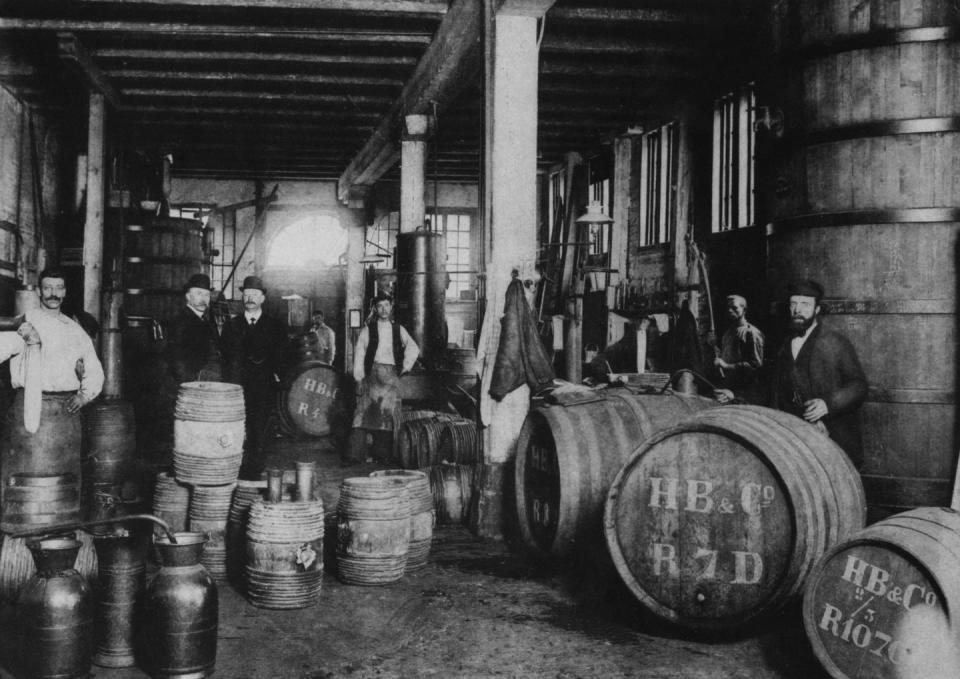
It was this goal that attracted Brown, a spirits industry star who had created cocktail menus the world over, to join the team. “I found out Sam had been chasing the Thames to its mouth to find a spring because he knew gin was originally made with water from that source,” says Brown. “Imagine the farmer’s delight when Sam found it and offered to trade him gin for water.”
After the trio perfected their recipe, Galsworthy had to start selling the product. At Dukes, a sophisticated bar around the corner from Buckingham Palace that makes such strong martinis they cut you off at two, he won over head barman Alessandro Palazzi after a year of heavy persuasion. Today, Palazzi tells a story about a regular who liked the gin so much, he insisted—against a bartender’s warnings—on having three martinis made with it in the middle of the day. He stumbled out of the bar, only to botch a meeting at 10 Downing Street with the Prime Minister because he could barely speak.
It’s possible the man developed a taste for Sipsmith at the House of Commons, where Britain’s Members of Parliament selected a bespoke offering from the brand to be the only gin served in all nine bars within Parliament and sold in the retail shops.
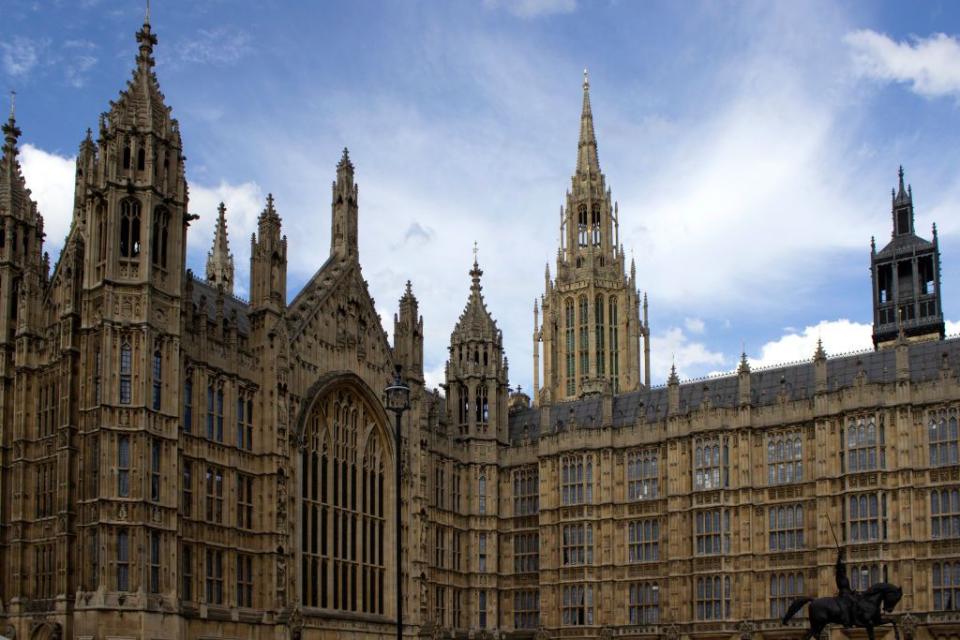
“It’s a classic London dry,” Brown explains of the spirit. “But Parliament’s an old stone building on the river, so it’s cold, damp, mineral. We set out to make a gin that gave the impression of warm wood paneling, deep carpet, and a bouquet of flowers in the corner.”
The company is growing with a civilian clientele as well. According to the Wine and Spirits Trade Association, the which tracks spirits sales in the U.K., Brits have bought more than 40 million bottles of gin over the last 12 recorded months, and exports of London gin have shot up 32 percent in five years, hovering now at half a billion pounds. Over the past year, Sipsmith has seen more than 300% growth in the U.S. market alone
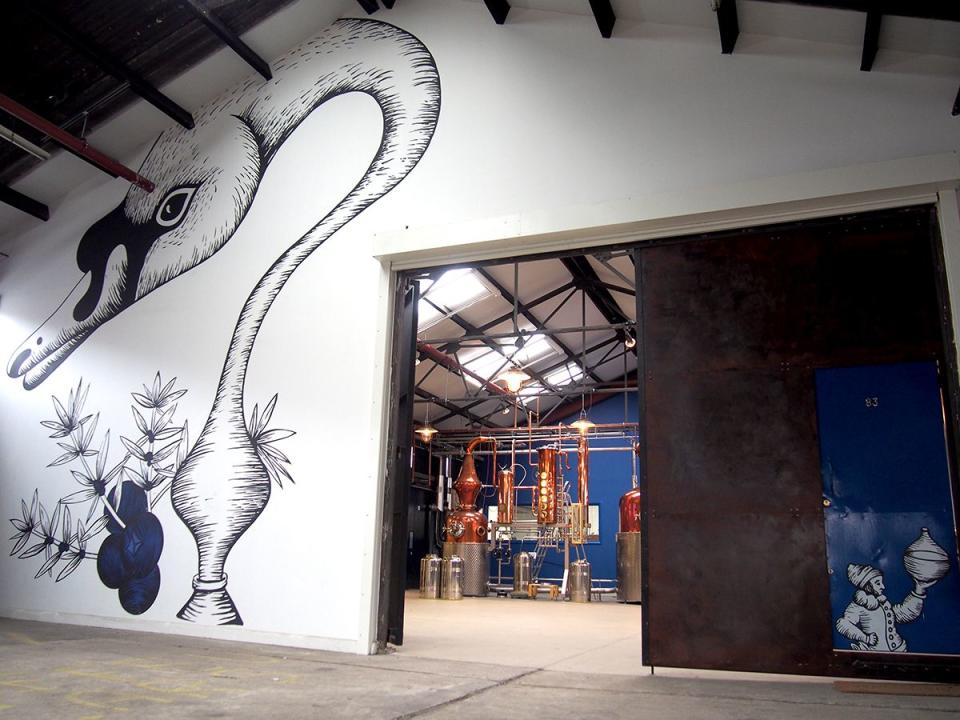
The challenge moving forward will be to continue developing without sacrificing its identity and quality. Indeed, when talking about Sipsmith, both Galsworthy and Hall have a tendency to start listing out loud all the things they must do in the future, almost as if they are scared of forgetting them. “Don’t cut corners,” they say. “Don’t do anything to damage the brand long term.” “Do things the right way.” And the one line that both men seem to repeat most might just be of the greatest importance. “Be custodians of the gin.”
('You Might Also Like',)

